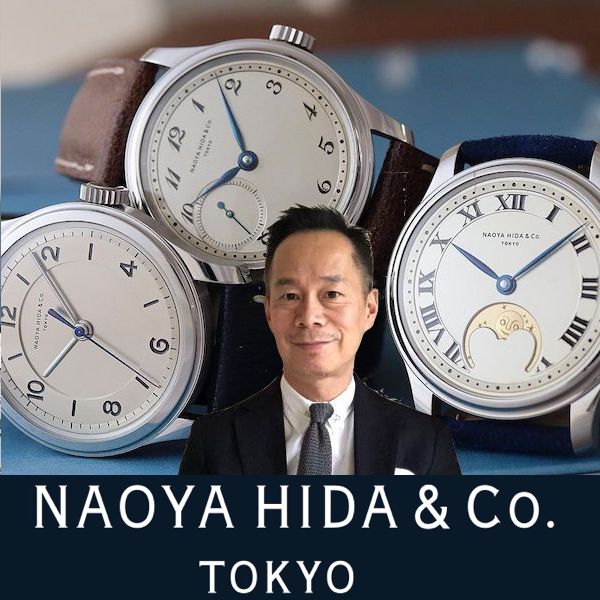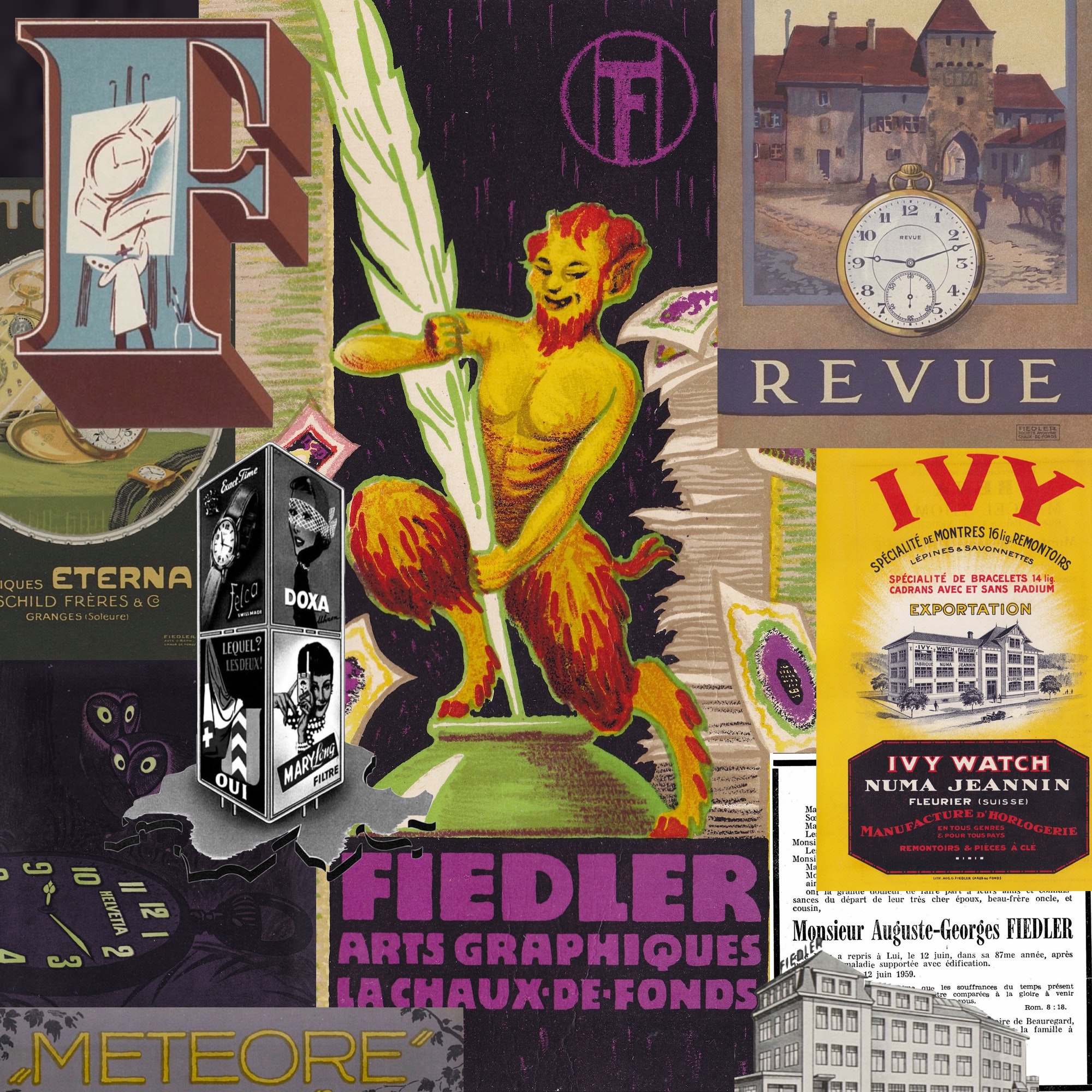I recently had the experience of doing some watch shopping with a whole group of friends with me. They weren’t all that interested in watches but I spotted some shops and went inside. This made me realize that “normal people” really don’t understand what “watch people” are looking for in a watch. What makes one worth thousands while another isn’t even worth hundreds?

Preciousness
Nothing influences the value of a watch more than the materials it is made from. There are millions of stainless steel watches out there from every brand, and some are worth a considerable amount. But a solid gold case instantly increases the value.
Consider this: Gold currently costs about US$1,250 per ounce and a watch typically has 3-4 ounces of 14 to 18 karat gold in it. A 3 oz watch case made of 14k gold contains $2,175 worth of the stuff! This is one reason the gold Apple Watch will cost so much: The gold alone will be worth thousands of dollars. Platinum and Rhodium cost just about the same as gold right now, so watches that make heavy use of those will be similarly expensive.

But even less-expensive materials like titanium and ceramic add quite a price premium over steel due to the difficulty of working them into an acceptable watch case. These aren’t 10x more expensive than steel in terms of material cost, but they are definitely multipliers. And more-exotic materials usually signify a more-special watch, so these can be a real bargain.
But you can’t judge watch materials by the color of the case. “Gold filled” cases are simply plated, and there are many inexpensive gold painted watches out there. And white gold and platinum look just like stainless steel at a glance!
What to look for: Inexpensive gold or platinum watches could be a bargain or a rip-off. Check for a hallmark on the case and feel the weight in your hand. Gold and platinum are noticeably heavier than steel. And if you want an inexpensive watch, don’t bother looking at precious metals.
Condition
The condition of a watch is important when determining value, but not as much as one might think. Is it an old rust bucket? Do all of the functions work? Are all the original parts present and are they correct for this model?
New watches should be perfect, but used watches shouldn’t be. I’m immediately skeptical when I come across a claim of “new old stock” (“NOS”) or “never worn” since I know this is very unlikely to be true. It’s more likely that such a watch has been repaired and refinished, often with unfortunate results. Watch enthusiasts value “patina” over a polished and refinished piece.
Be skeptical about watches advertised as all-original. Unless you’re buying from the original owner, you have no idea of the strap and buckle, bracelet, box, and papers are actually original. All of these can easily be replaced and they’re often not correct.
When it comes to condition, look for a watch with graceful signs of age, not too much wear or polish.
Fashion
A watch is a piece of fashion jewelry, but it lasts much longer than the latest dress. Indeed, many of us love watches that are even older than we are! But this is a double-edged sword, since hopelessly out-of-date styling is a huge turn-off.

Each decade has its trends: In the 1950’s, compact dimensions were preferred, while the 1960’s turned to chunkier sports watches. The 1970’s were awash in colors, angles, and the legendary cushion case, while the 1980’s seem now to be the decade of bling. What will our jumbo watches look like in 20 years?
Fashion advice: Rely on your own sense of taste. If it looks dated to you, it’s probably going to turn off many buyers and isn’t worth nearly as much. But it could be a bargain if you like it!
Technology
When watch fans say something is complicated, they don’t mean that idly. Rather, a complicated watch is one with functions beyond telling the time. There are a few common categories of complications to be on the lookout for:
- Mechanical watches with annual and perpetual calendars are complex and signify a special movement
- Timing complications like chronographs are common, but column wheel movements, split hands, and flyback functions are very desirable
- Watches with chimes and alarms are always desirable
- Retrograde hands are more difficult than common circular hands and usually suggest something special
- Many people collect world timers and GMT watches which show the time in more than one location at once
- The tourbillon is one of the grandest complications, but beware of simpler open heart or carousel watches
Generally, a mechanical watch with one or more complication is going to be worth much more than a simple three-hander.

Special movements are another thing to be on the lookout for. Companies like Minerva and Venus (now part of Montblanc and ETA, respectively) created lovely handmade movements in their heyday. Even Valjoux, known today for the cam-switched 7750 chronograph movement, once made really special column wheel calibres. And certain movements like Jaeger-LeCoultre’s tiny Duoplan 101 and the “Hi-Beat” Zenith’s El Primero and Seiko movements are highly desirable even without complications.
Finally, beware of quartz movements. Although some electrical and electronic watches are becoming collectible, a battery-powered watch should be avoided unless you’re sure it’s something special. This is especially true of complicated watches, since it’s much easier to implement a perpetual calendar or chronograph with electronics than gears!
Technology tip: Look for extra crowns and hands, especially in unusual configurations. Chronographs are fairly common, but complicated calendars and alarms are much more special.
Design
One of the “know it when I see it” factors in watches is the design of the piece. Spend a few minutes examining a watch and think about factors like harmony, detail, and depth. Is the dial detailed and multi-dimensional? Are the hands flat or complex? Does the case match the style of the face? Does it hold together and keep your interest?

Many simple watches are extremely good designs, and many complex ones are total failures. For me, it’s all about truth to purpose. A sports watch should look sporty without too many gewgaws. A dress watch should look clean and sharp without being fussy. And unless it’s a true haute horology piece or grande complication, excessive lumps, buttons, and displays should be avoided.
Design advice: Look for balance on the dial and avoid flashy colors or flourishes.
Brand
One of the aspects that adds the most value to a watch has nothing to do with the piece itself. Brands matter to buyers of fashion accessories like watches, and this is immediately evident when shopping. If all other things are equal, a famous and respected brand will boost the value of a watch substantially.
Consider the case of the plethora of sports chronographs from the 1960’s. I happen to love Nivada watches, but almost no one has heard of them. The same goes for insider names like Squale and Doxa. These are really excellent dive watches, but they’re nowhere near as valuable as one with a big name like Rolex or Omega. Even less-familiar names like Blancpain and Jaeger-LeCoultre are worth ten times as much as a similar piece from a defunct or interrupted brand.
The takeaway on brand: Heritage and prestige are key. A watch bearing the name of a continuing and respected company will be worth much more than the same piece with an unfamiliar or tarnished name. This can be a buying opportunity, but it can also price you out of the market.






Leave a Reply